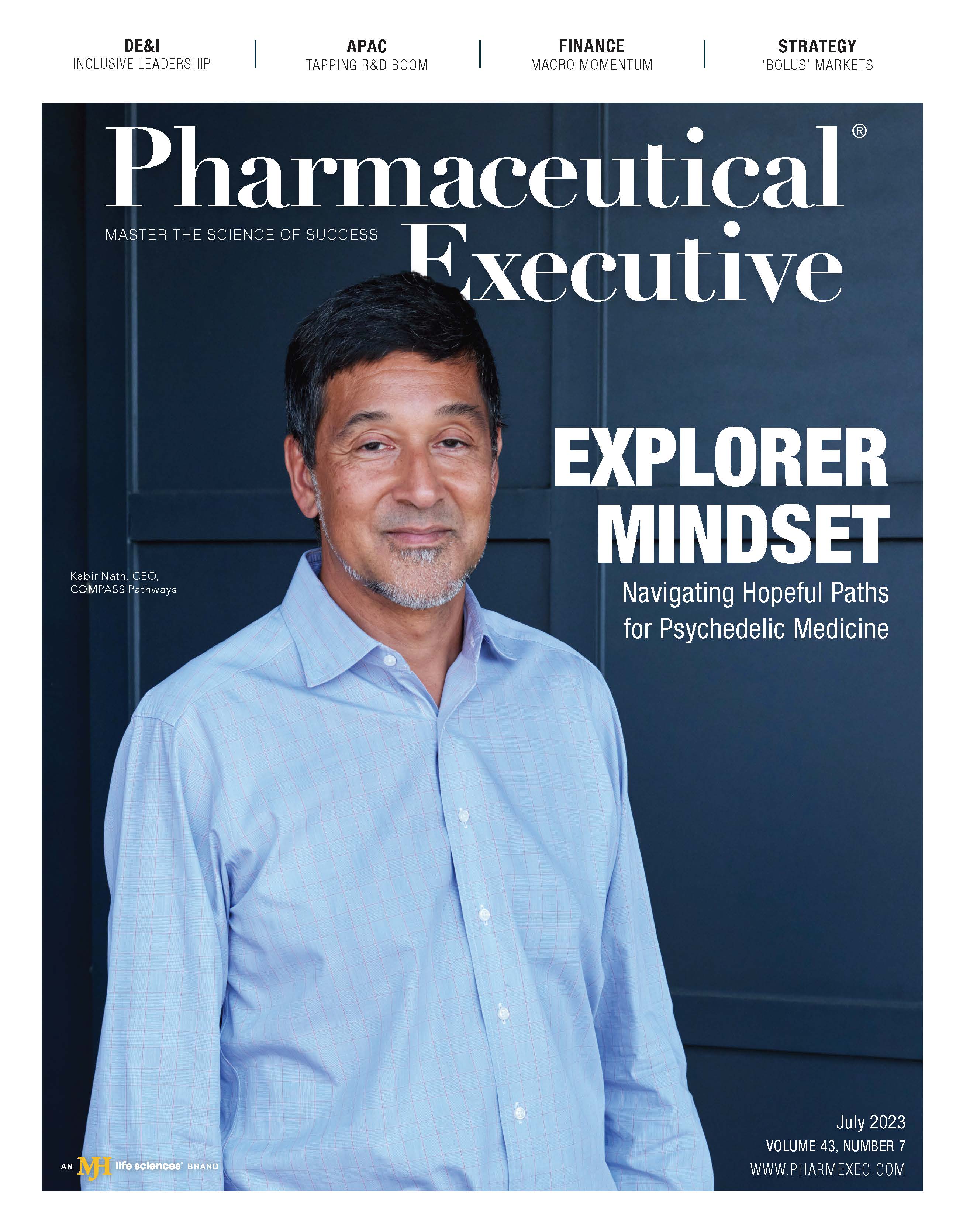Tapping New and Improved Drug Innovations in Asia
Attempts to capitalize on the region’s vibrant R&D scene are heating up.
Bruce Liu
Partner at Simon-Kucher &
Partners, leading life sciences
division in greater China

Days after Janssen disclosed Q1 2023 sales of its CAR T-cell therapy, Carvykti (which was licensed in from China), it announced a new CAR T-cell deal with another Chinese biotech, CBMG—aiming to replicate Carvykti’s success in treating non-Hodgkin’s lymphomas.
Cell therapy companies from South Korea and Japan have also been proactive in cross-border deals with global pharma majors. Korean biotech GC Lab Cell has a deal with MSD for $1.9 billion to develop CAR-NK candidates for potential use as off-the-shelf cell therapies for solid tumors. Japanese company Noile-Immune Biotech has entered into a partnership with Takeda for clinical-stage assets targeting mesothelin and GPC3 in solid tumors. With the CAR T-cells genetically modified to simultaneously produce interleukin-7 and CCL19, the new CAR-T-cell drugs hold the key to overcoming some of the limitations of traditional ones.
Antibody-drug conjugates (ADCs) have been another area of interest as of late. Many were taken by surprise when Seagen struck a $2.6-billion deal to license an ADC from RemeGen in 2021, but many more ADC deals have come to fruition since. For example, Amgen entered into a $1.25-billion license agreement in 2022 with LegoChem in South Korea for five ADC assets, which was soon surpassed by MSD’s partnership programs with Kelun for nine ADC assets worth a whopping $11 billion. More recently, AstraZeneca (AZ), BioNTech, and Eisai have all rushed in and picked up ADC deals in Asia to complement their respective oncology pipelines.
New strategies behind asset deals
Some pharma majors are approaching Asia with different moves besides asset deals. Boehringer Ingelheim, for example, has established an External Innovation Hub in China—integrating its research, business development, and licensing as well as its corporate venture funds to support concerted efforts toward partnering in Asia. The firm has also entered into multiple partnerships with leading innovators in China, Korea, Singapore, and India since 2020.
JLABS, the incubator arm of Johnson & Johnson, offers physical residencies and infrastructural support to startups and entrepreneurs. Its Shanghai outfit has nearly 50,000 square feet of office, meeting, and lab spaces and offers a collegial and congenial environment for R&D access, collaborations, and cross-pollinations among the 50 startups as well as with the pharma and R&D divisions of Janssen and its partners under one roof.
Meanwhile, AZ has set up an investment fund jointly with China International Capital Corp, which is dedicated to the healthcare sector. Since then, it has made more than a dozen equity investments across RNA therapies, cell and gene therapies, digital therapeutics, contract research organizations, and diagnostics companies. The investment philosophy reflects AZ’s long-standing approach to building ecosystems, and there could be new initiatives on the horizon. Upon returning from a trip to China recently, CEO Pascal Soriot declared his appetite for more deals and acquisitions in China, pointing to the “explosion of biotech companies that are coming up with innovative medicines and new technologies” in the region.
More deals to come
The pharma industry is likely to see many more Asian-centered deals going forward. Some of the recent activity could very well be a prelude for follow-up deals as well as M&As on a larger scale. Many Asian companies still tend to be young and small in scale, constrained by resources and funding, and have been braving recent headwinds from the capital market downturn. Such dynamics could be well-timed for dealmaking. The next waves of biopharma innovations are emerging as well. The R&D landscapes for novel vaccines, RNA drugs, PROTACs, and radiopharmaceuticals are vibrant in Asia, and gene therapies in particular are poised to become the superstars of tomorrow. Some Asian companies are hot on the heels of global pioneers in proven indications like hemophilia and spinal muscular atrophy, while others are blazing the trail in treating Leber hereditary optic neuropathy and herpes simplex virus infections.
At the same time, gene therapy players from Asia typically set out their development programs with a cost-conscious mindset. This means they may come to the commercialization stage with very different cost structures and pricing considerations and, therefore, more compelling value propositions for Asia and beyond.
Miranda Wang and Selene Peng in Simon-Kucher’s life sciences division in Shanghai contributed to this article.
